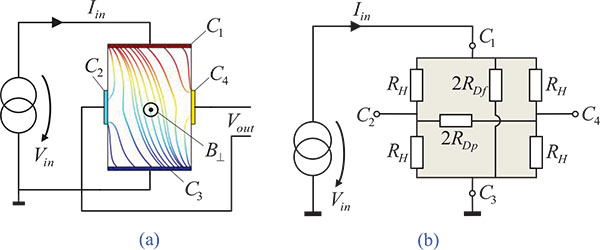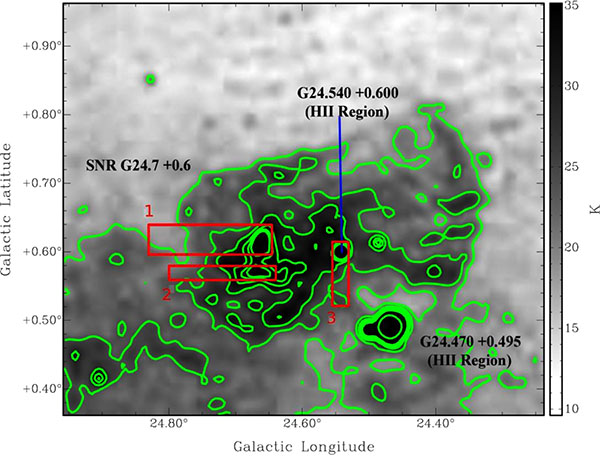RESEARCH ARTICLE
Performance Analysis of an Optical System Using Dispersion Compensation Fiber & Linearly Chirped Apodized Fiber Bragg Grating
Vibha Joshi*, Rekha Mehra
Article Information
Identifiers and Pagination:
Year: 2016Volume: 3
First Page: 114
Last Page: 121
Publisher Id: PHY-3-114
DOI: 10.2174/1874843001603010114
Article History:
Received Date: 25/12/2015Revision Received Date: 29/5/2016
Acceptance Date: 08/9/2016
Electronic publication date: 31/10/2016
Collection year: 2016
open-access license: This is an open access article licensed under the terms of the Creative Commons Attribution-Non-Commercial 4.0 International Public License (CC BY-NC 4.0) (https://creativecommons.org/licenses/by-nc/4.0/legalcode), which permits unrestricted, non-commercial use, distribution and reproduction in any medium, provided the work is properly cited.
Abstract
In this paper, a proposal for analyzing the performance of an optical system by using dispersion compensation fiber (DCF) and linear chirped apodized fiber Bragg grating (FBG) has been put forth. Both systems have three different schemes pre, post and symmetrical. Various parameters used for this analysis are input power, distance & input bit rate. Performance is analyzed in terms of Q factor, Bit Error Rate (BER) and Eye Diagram. It is found that use of FBG as a dispersion compensating element gives better system performance as compared to DCF.













